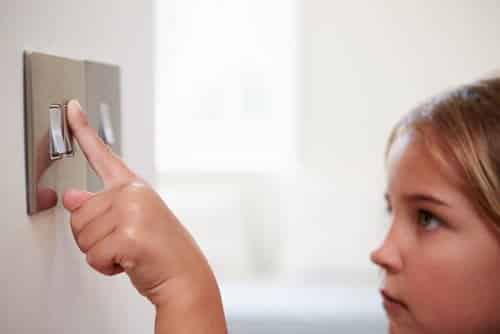Most homes today have extension cords of one kind or another and, unfortunately, a lot of those homes use them unsafely. Our Atlanta technicians understand there probably won?t be a safety inspector popping in for a random inspection of your home any time soon, but at the same time, we feel that it?s important to know what to do and what not to do with extension cords to ensure that you, your family and your electronics are safe.
What Not to Do
There are a myriad of ways to use an extension cord unsafely, but here are a few common misuses that our residential electric service contractors have encountered that people assumed were safe:
- As a permanent addition to the wiring of a device or structure. If your existing cords are not long enough to reach an outlet, you should look into moving the device to a more suitable location or having one of our contractors install an outlet in a convenient location for your setup. Please note that surge protectors are an exception to this rule as long as you are using them to protect your equipment ? but not if you are using them merely to extend the reach of a cord.
- Run through holes in or hidden behind walls, ceilings or floors. An extension cord should never take the place of proper electrical wiring.
- Run through doorways, windows or other openings. This can encourage the cord to fray and become damaged, creating a fire hazard.
- Attached to walls or building surfaces. This might get the cord off the floor, but it increases contact with your home and increases the chance of a fire hazard.
What You Should Do
Our commercial technicians recommend using extension cords as they are intended: as a temporary extension of electric power. Plug the cord in completely, carefully attach it to your device, use the device to complete your project, then unplug the device from the cord and the cord from the outlet. When you are done with the cord, coil it up and store it in a safe, dry place. Inspect it for damage before each use and discard if it is visually damaged.

